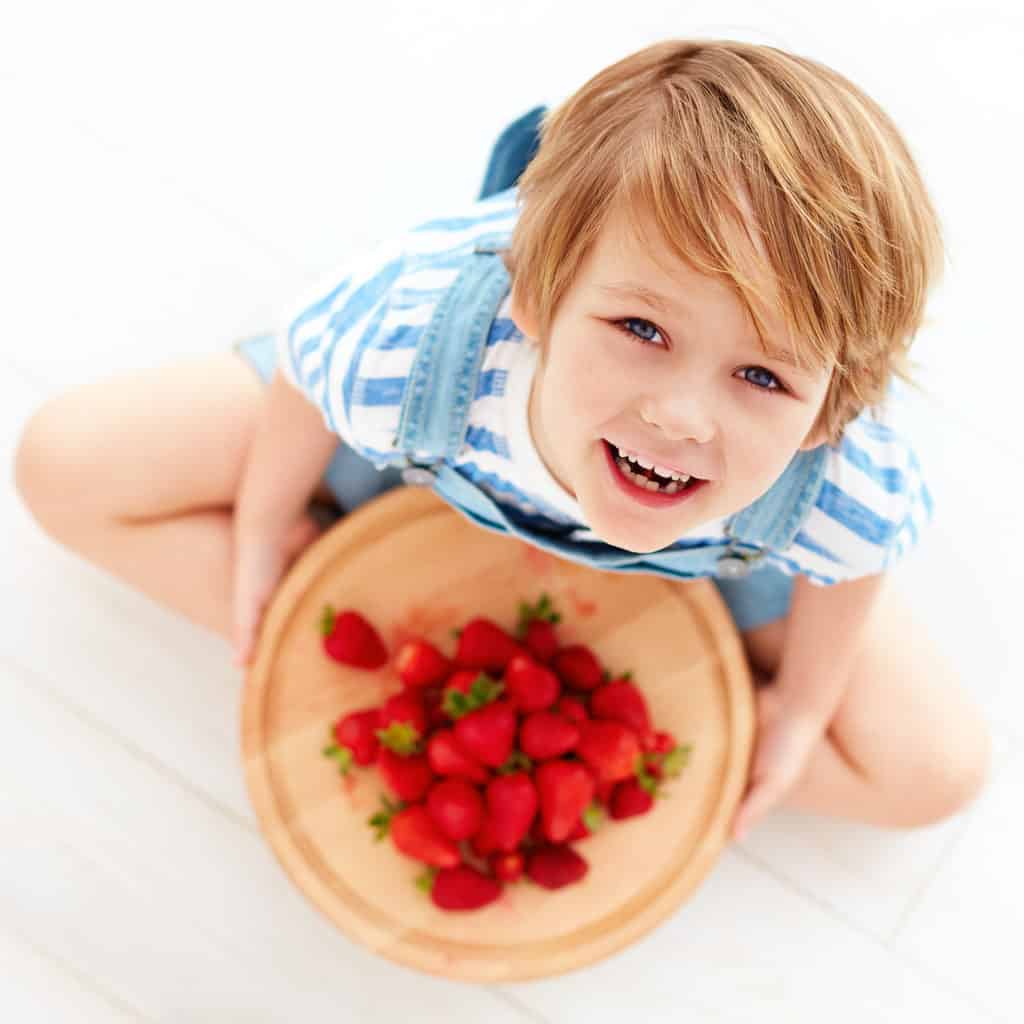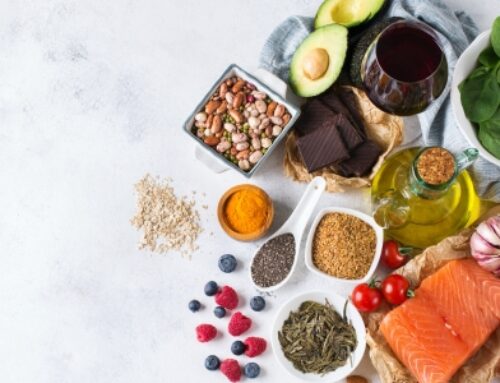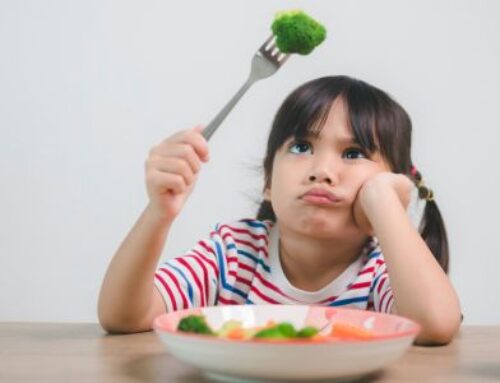
Even before the more recent anti-sugar movement, sugar has been blamed for many things in children. I can remember from my own childhood sugar being blamed for hyperactivity, and being told that it would rot my teeth. In our current society where childhood obesity is on the rise the finger is often pointed at sugar. Recently there have been articles in the media warning us about the sugar content of fruits and vegetables, and which ones to avoid because of their sugar content. If it is so bad for us, then how much sugar is healthy for kids to have (if any?)
Free Sugars vs Intrinsic Sugars
Not all sugars in our diet should be treated equally. There are many highly nutritious foods that naturally contain sugar – for example fruit, vegetables and milk all have intrinsic sugar. The suggestion that certain fruits and vegetables should be avoided because of their sugar content is a clear example of the demonisation of sugar going a step too far. There is no evidence that these intrinsic sugars have an adverse effect on our health. In fact, ensuring an adequate intake of fruits, vegetables and dairy products is essential for your child's health.
Consumption of free sugars, on the other hand, is linked to poor health outcomes in kids. These include dental caries (tooth decay) and an increased risk of being overweight or obese, which in turn increases the risk of lifestyle diseases such as type 2 diabetes and cardiovascular disease. Free sugars are those that are added to foods, and some naturally occurring sugars such as those found in honey, syrups, fruit juice (as opposed to whole fruit), and fruit juice concentrates. The term 'hidden sugar' gets thrown around a lot lately – this generally refers to free sugars that are added during the manufacturing of processed foods (for example, many breakfast cereals are considered to have hidden sugars).
How much sugar is ok?
When we talk about the recommendations for sugar intakes we are referring only to free sugars. There is no need to worry about the amount of sugar your child is getting from whole foods like fruit and vegetables. As I mentioned above, these intrinsic sugars aren't going to negatively impact on their health.
The World Health Organisation (WHO) recommends that the intake of free sugars should be less than 10% of the total amount of energy consumed each day, with even greater health benefits from reducing it to below 5%. The table below gives you an idea as to how much this 5% looks like in teaspoons/day for your child:
| Age (years) | Boys Teaspoons of free sugar/day (1 tsp = 5g) | Girls Teaspoons of free sugar/day (1 tsp = 5g) |
|---|---|---|
| 2 | 2.5 | 2.5 |
| 8 | 4.5 | 4.5 |
| 12 | 6 | 5.5 |
| 18 | 8 | 6 |
Calculations based on Australian NRVs for dietary energy with a PAL of 1.6
To put this value into a perspective, 250ml of juice has around 5 tsp of free sugar.
It's important to note that your child doesn't have to have this much free sugar each day. If they're happily enjoying a diet with less than this, great! But it also shows that we don't have to demonise sugar. While I've provided the amount for the greatest health benefit, remember that twice as much is still considered acceptable. So having the occasional discretional food such a lolly or a piece of cake at a birthday party isn't going to be detrimental to their health. Worried a sugary treat is going to make your child go crazy? Research shows that there is no relationship between sugar consumption and hyperactivity. It's more than likely they're just overstimulated from the excitement of the party.
How to reduce sugar intake
If you're concerned that your child is exceeding the recommended free sugar intake, then reducing the amount they have each day is relatively straight forward. 81% of free sugar in the Australian diet comes from discretionary foods such as soft drinks, energy drinks, lollies and baked goods (such as cakes and muffins). So it follows that eliminating these types of foods will greatly reduce the amount of free sugars in your child's diet. Another significant source of free sugar is fruit juice. Replace juice with water and you'll be eliminating around 5 teaspoons of sugar for every cup of juice you take out. Basing their diet predominantly on whole or minimally processed foods is going to reduce the amount of hidden sugars consumed. This article here has a great example of how small swaps can change a day high in free sugar to one with none.
Finding the Hidden Sugars
As dark and menacing as they sound, hidden sugars don't really lurk in the shadows. Start reading the ingredients list on the packaging of processed foods, and you'll soon find out whether there has been sugar added during manufacturing. It is mandatory that all ingredients are listed, so nothing is truly hidden. Sugar has many different names so check this out for a bit of help deciphering it all. Referring to the amount of sugar per serve listed in the Nutrition Information Panel won't give you the information you need – this value includes intrinsic sugars as well, so could lead to you excluding nutritious foods unnecessarily.
Need some help reducing your child's free sugar intake? Our Paediatric Dietitian Michelle Bulman can help.
If you'd like further help with your nutrition please click below:



